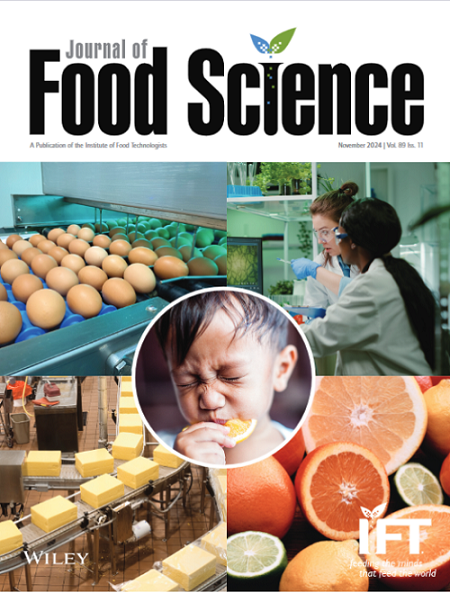Laminaria japonica polysaccharide protects against liver and kidney injury in diabetes mellitus through the AhR/CD36 pathway
Abstract
The lipid accumulation associated with diabetes causes continuous liver and kidney damage. Laminaria japonica polysaccharide (fucoidan) has been shown to regulate the disorder in lipid metabolism caused by diabetes. Herein, we established a diabetes mellitus (DM) rat model through a high-fat and high-sugar diet combined with streptozotocin. An automatic biochemical analyzer was used to detect serum lipid content, and hematoxylin and eosin, Masson, periodic acid-silver-methenamine, and Oil Red O staining were used to observe changes in the structure of the kidney and liver, including fibrosis and lipid accumulation. We confirmed that fucoidan could ameliorate renal injury, lipid metabolism, and oxidative stress in streptozotocin-induced diabetic rat models. Metabolomics analysis demonstrated that amino acid metabolism is an important process. We further demonstrated a novel role of fucoidan in regulating kidney and liver lipid metabolism through the aryl hydrocarbon receptor (AhR)-mediated CD36 signaling pathway. Similar results were found in DM rats treated with an AhR inhibitor, as well as in those treated with a combination of both an AhR inhibitor and fucoidan. Importantly, we observed a higher expression of AhR/CD36 in the kidneys and liver of rats with DM, and the level of AhR/CD36 correlated with lipid accumulation and kidney function, suggesting that AhR/CD36 signaling could be a promising therapeutic target for fucoidan in treating lipid metabolism in DM.
Practical Application
As the main component of Laminaria japonica, fucoidan has excellent antioxidant properties and protective effects against liver and kidney damage in diabetes mellitus. It can play a protective role in the daily diet of diabetic patients. Alternatively, it could be developed as a potential therapeutic drug for the treatment of diabetes.

 求助内容:
求助内容: 应助结果提醒方式:
应助结果提醒方式:


